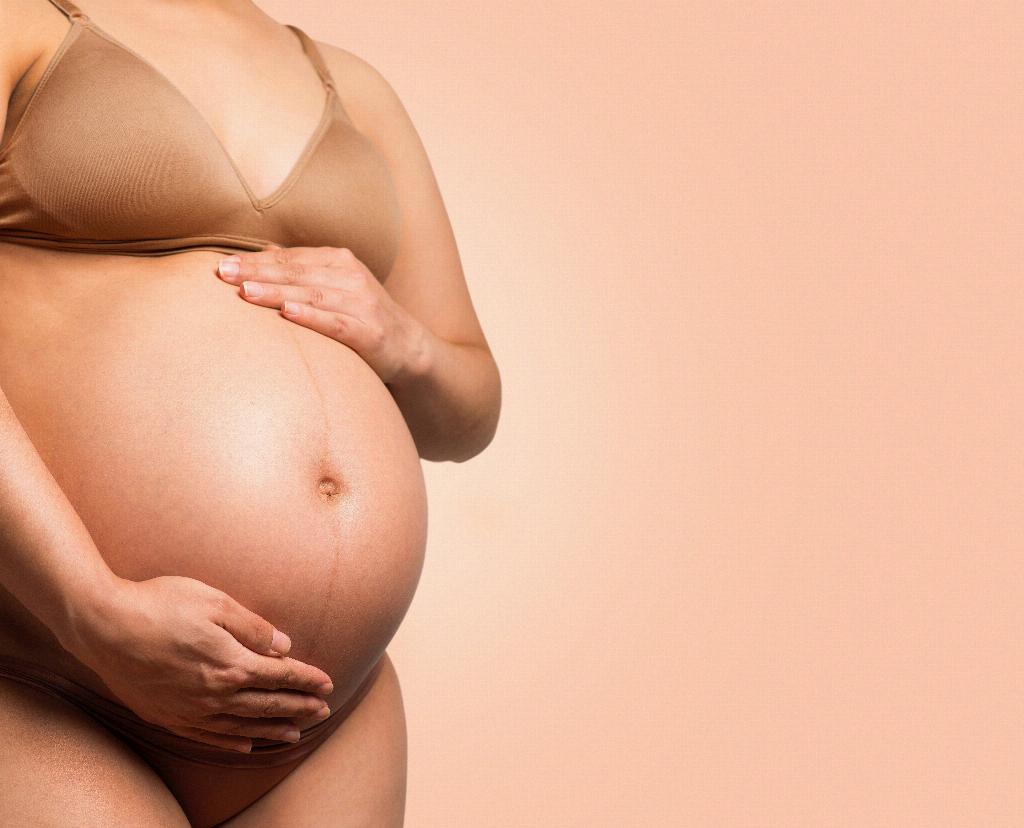Postpartum hip pain is a common concern for many new mothers, often arising in late pregnancy and persisting after childbirth. Several factors contribute to the development of hip pain in the postpartum period, such as the physical changes in the body during pregnancy, previous history of low back pain, and pelvic or back trauma.
While it is only natural to hope that hip pain will disappear immediately following childbirth, the reality is that for some women, it may persist for a prolonged period. Postpartum hip pain is commonly associated with a condition known as Pelvic Girdle Pain (PGP), which can extend beyond the immediate postpartum period and linger for several months.
Research suggests that the duration of postpartum hip pain can vary considerably among individuals. While some women may experience relief within a few weeks after giving birth, others may continue to struggle with hip pain for an extended period. It is essential for women experiencing persistent hip pain postpartum to seek appropriate medical attention to address their symptoms effectively.
One potential reason for the prolongation of postpartum hip pain is the relaxation of the ligaments and joints that occurs during pregnancy to facilitate childbirth. This increased laxity can lead to instability in the pelvic region, contributing to hip pain and discomfort postpartum.
Furthermore, the added strain placed on the pelvic and hip joints during pregnancy and childbirth can exacerbate existing musculoskeletal issues, leading to persistent hip pain in the postpartum period. It is crucial for women to engage in targeted exercises and rehabilitation to strengthen the pelvic muscles and improve hip stability postpartum.
In some cases, postpartum hip pain may be indicative of an underlying musculoskeletal issue that requires specialized treatment. Conditions such as symphysis pubis dysfunction or sacroiliac joint dysfunction can manifest as hip pain postpartum and necessitate intervention from a healthcare provider trained in managing these specific conditions.
Women experiencing persistent postpartum hip pain should not dismiss their symptoms as a normal part of the recovery process. Seeking guidance from a healthcare professional, such as a physical therapist or obstetrician, can help determine the underlying cause of hip pain and establish an individualized treatment plan to alleviate discomfort and promote healing.
It is essential for new mothers to prioritize their physical well-being postpartum and address any lingering hip pain promptly to prevent long-term complications. Engaging in postnatal rehabilitation exercises, maintaining good posture, and employing ergonomic strategies when caring for the baby can aid in relieving hip pain and promoting a smoother recovery postpartum.
Women who experience persistent postpartum hip pain should also consider making modifications to their daily activities to reduce strain on the hips and pelvis. Utilizing assistive devices, such as supportive pillows for breastfeeding or baby carrying, can help alleviate pressure on the hips and promote comfort during daily tasks.
Supportive garments, such as maternity belts or compression shorts, may also provide additional support to the pelvic region and help alleviate postpartum hip pain. These supportive aids can assist in stabilizing the hips and reducing discomfort, enabling women to engage in daily activities with greater ease and comfort.
In conclusion, the duration of postpartum hip pain can vary widely among women, with some experiencing relief shortly after childbirth and others grappling with persistent discomfort. It is crucial for women to prioritize their physical well-being postpartum, seek appropriate medical attention for lingering hip pain, and engage in targeted rehabilitation to address underlying musculoskeletal issues effectively.

